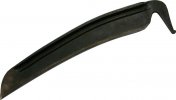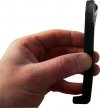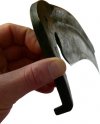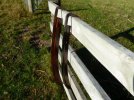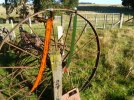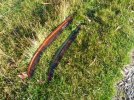- Joined
- Jan 13, 2011
- Messages
- 2,562
42, here's mine that I've been promising pics on. I still have not made handles. I have the steel handle loop deals, just need to make the wood to go over them.
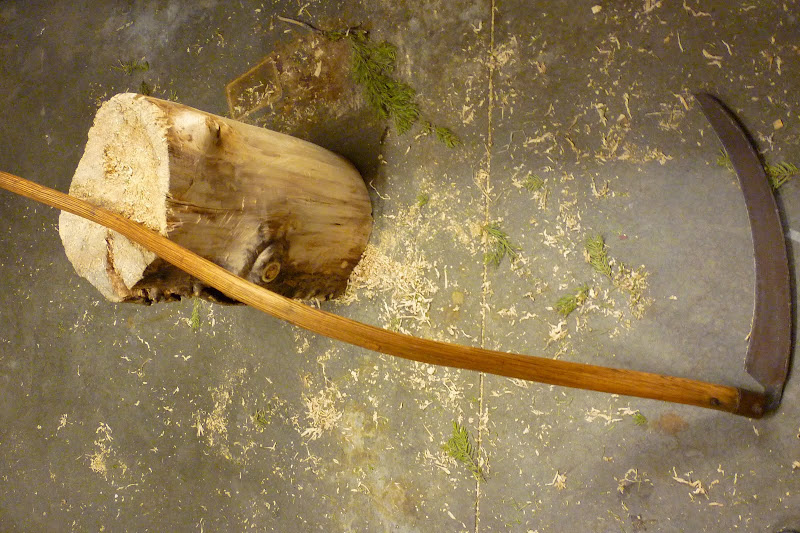
"Austria"
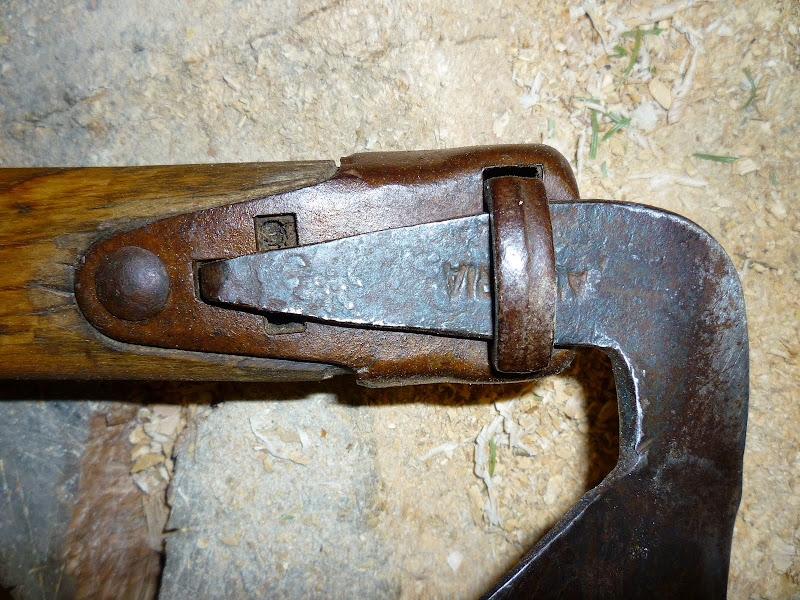


Other than the lip, this blade is completely flat and thin. *It also has small, round indentations in rows all along it. *You can sorta see them in this photo:




"Austria"
Other than the lip, this blade is completely flat and thin. *It also has small, round indentations in rows all along it. *You can sorta see them in this photo:

